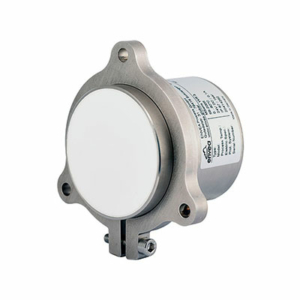
APPLICATION
Anthracite coal is of particularly high quality. At the beginning of the processing process, the material is in powder form, which is then processed into briquettes. In order for it to be formed into a briquette, it needs a special moisture range. If the powder is too wet, it sticks to the mould. If it is too dry, on the other hand, a briquette cannot be formed at all. To obtain the right moisture range, the moist anthracite is mixed with dry starch. The plant operator takes a sample of the material every 15 minutes to check.
In order to automate and optimise this manual sampling, the customer was now looking for a measuring solution.
SOLUTION
The moisture is measured directly after the exit of the mixing drum on the conveyor belt, where the anthracite coal is mixed with dry starch. The measuring range here is 0-10 %. The customer’s desired moisture content is approx. 7 %. An M-Sens carriage was used to measure on the conveyor belt. This is used to adapt the sensor to different material heights, especially on conveyor belts, and thus enable constant contact with the material.
The standardised carriage initially proved to be less than ideal because it was too wide for the conveyor belt. In addition, the measuring system did not come down far enough and thus had no continuous material contact. However, it was not possible to lower the carriage any further, as this would have damaged the conveyor belt.
In close cooperation with the customer, we then developed a special carriage that solved the problem. The carriage has a narrower tongue that is adapted to the conveyor belt. In addition, the spring of the slide was modified. The customer angled the slide to adapt it to the conditions of the conveyor belt. This solved the customer’s problem; the moisture content of the anthracite is measured automatically and manual sampling is no longer necessary.
CUSTOMER BENEFITS
- Time and cost savings through automated sampling
- Fast reaction to changes in moisture content
- Higher product quality through constant moisture monitoring
- Optimised use of raw materials
Contenido relativo
Solicitação de informação


